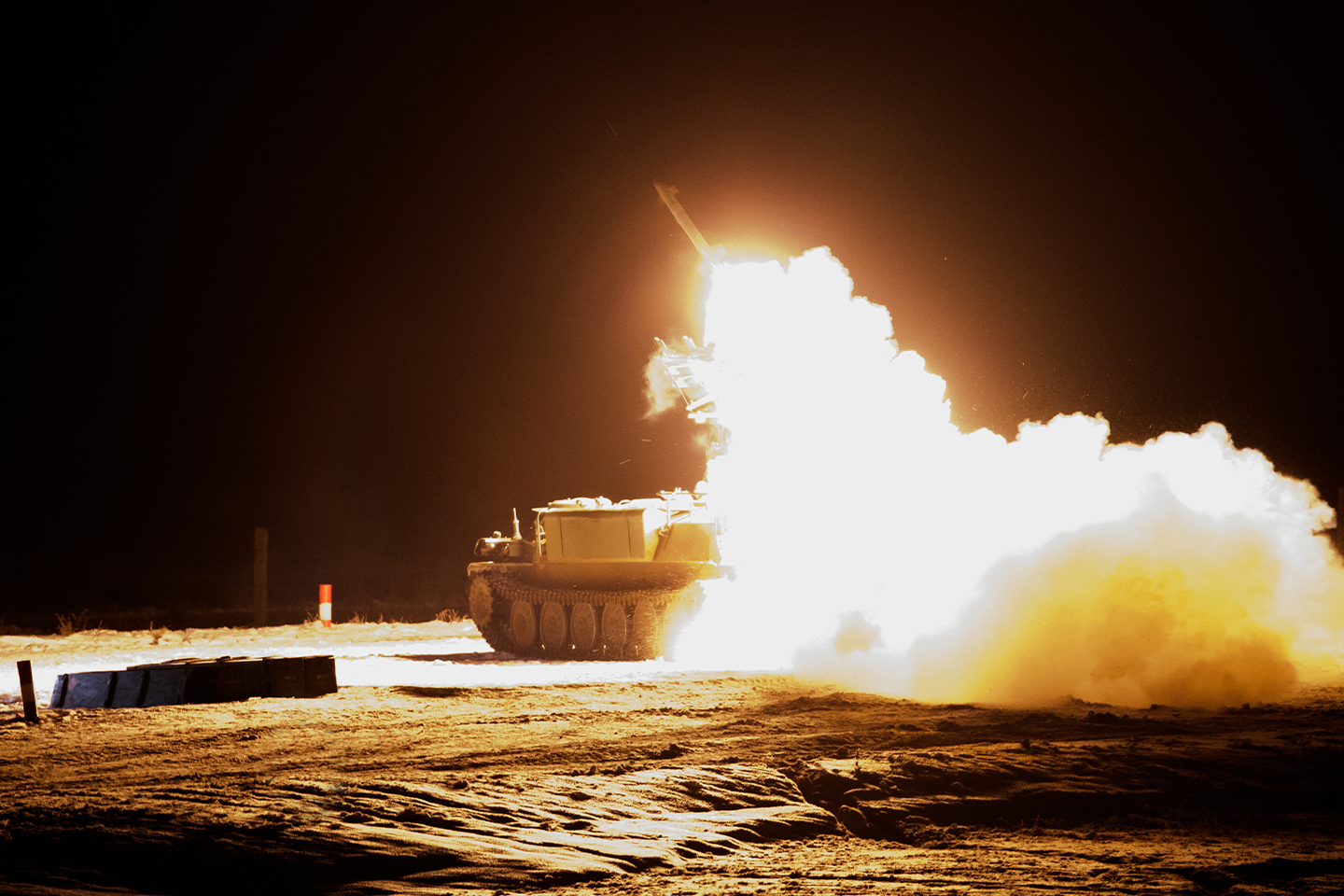The Kalashnikov Concern has demonstrated remarkable performance by fulfilling its 2023 delivery obligations for the highly sought-after 9M333 Anti-Aircraft Guided Missile product ahead of schedule. These products, which fall under the category of popular weapons and military equipment, were manufactured and dispatched to the customer under two government contracts, showcasing the company’s efficiency and dedication. The 9M333 missile defense system is a critical component used in conjunction with the Strela-10 anti-aircraft missile system and its various modifications. This versatile missile is specifically designed to neutralize low-flying aircraft and helicopters under all weather conditions. It is capable of countering threats posed by dropped, parachuted, and modulated optical jamming, as well as remotely piloted aircraft and cruise missiles. One of its standout features is the multi-mode homing head, which provides a significant advantage over other missiles in its class. The Kalashnikov Concern recently conducted a comprehensive modernization of the missile, leading to a considerable enhancement of its capabilities. Serial deliveries to meet the customer’s needs have been ongoing since 2021.

The 9M333 anti-aircraft guided missile is a pivotal component of the 9K35M3 system, primarily designed to engage low-flying aircraft and helicopters throughout the year, even when faced with dropped, parachuted, and modulated organized optical interference. This missile system also effectively combats remotely piloted aircraft (RAP) and cruise missiles. The 9A35M3 armored vehicles incorporated into the SAMs (Surface-to-Air Missiles) system are equipped with a new 9Sh127M optical sighting system featuring two channels with adjustable field of view and magnification. These enhancements, along with improved equipment for launching SAMs, significantly improve target detection capabilities and reliability. They allow for more secure target acquisition during the missile’s launch. The latest 9M333 ZUR (Zenitnaya Ustanovka Raketnaya, or anti-aircraft missile system) underwent several key upgrades compared to its predecessor, the 9M37M missile. This significantly bolsters the system’s immunity to interference and enhances its performance. A new autopilot system ensures the stable operation of the CNS and the overall control loop during various phases of rocket launch and flight, depending on the interference (background) situation. The missile’s length has been increased to 2.23 meters, contributing to its improved performance.

The 9M333 missile’s non-contact explosive device, known as the LRS (Laser Receiver System), is now based on four pulsed laser emitters, an optical circuit that forms an eight-beam directional diagram, and a receiver for signals reflected from the target. Doubling the number of beams compared to the previous 9M37 ZUR has substantially increased the system’s effectiveness in targeting smaller and more agile threats. The warhead of the 9M333 missile features an increased mass (5 kg as opposed to the 3 kg in the 9M37 missile) and is equipped with longer cross-section and length rods. This adjustment, along with an increased breaking charge, has led to higher velocity splinters. The contact fuse includes a safety detonator, a self-liquidation trigger, a target contact sensor, and a transfer charge, ensuring reliable target destruction. Both the 9M333 and 9M37M missiles are compatible with all modifications of the Strela-10 system, showcasing the adaptability and versatility of this anti-aircraft missile platform.

The 9K35M3 complex offers robust capabilities, ensuring a minimum engagement area and a high probability of destruction at altitudes ranging from 25 to 3500 meters. It effectively targets aircraft flying at counter courses with speeds of up to 415 meters per second (310 meters per second when approaching) and helicopters with flight speeds of up to 100 meters per second. The system can also engage winged rockets traveling at speeds of 200-250 meters per second and UAVs with speeds ranging from 20 to 300 meters per second at altitudes of 10 to 2500 meters (with a minimum altitude of 25 meters for the photo contrast channel). The complex’s effectiveness in targeting F-15 fighter-type aircraft flying at 300 meters per second at altitudes up to 1,000 meters, even in the presence of optical interference, is impressive. It maintains a 65% effectiveness in the photocontrast channel and 30% and 50% effectiveness in the thermal channel, depending on the optical interference rate. Outside the designated kill zone and when shooting downward across the entire zone, the reduction in range and probability of hitting the target does not exceed 25%. With the introduction of the 9M333 homing head, the 9K35M3 complex now possesses the capability to reliably capture the target before launch, even in the presence of optical interference, enhancing its overall performance and reliability.












